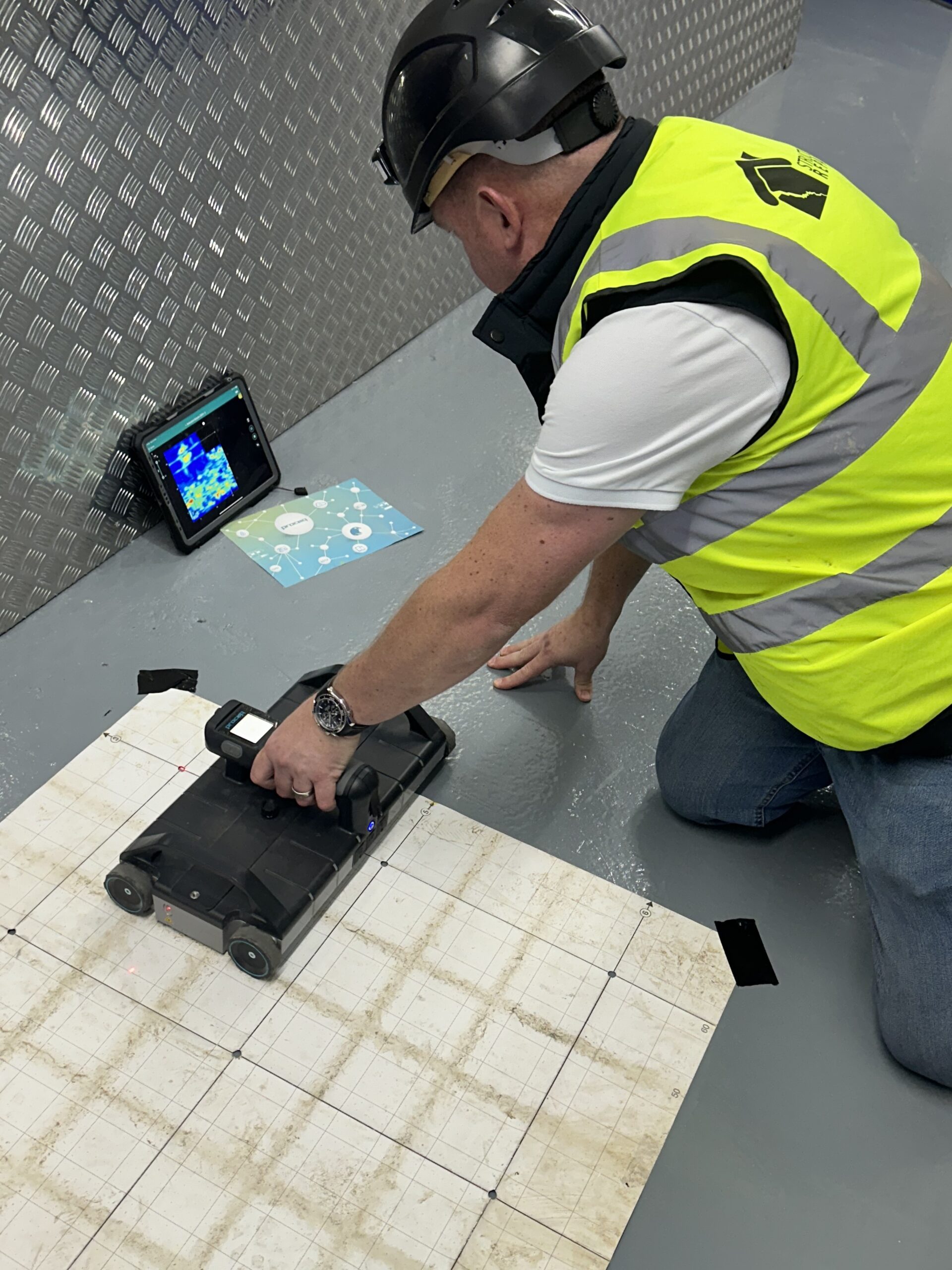Enhance Construction Security with Specialist Concrete Scanning
Enhance Construction Security with Specialist Concrete Scanning
Blog Article
Past the Surface: Leveraging Advanced Concrete Scanning Techniques for Unmatched Precision and Insight
In the realm of construction and infrastructure upkeep, the mission for accuracy and thoroughness is unending. Advanced concrete scanning strategies have become important tools in this pursuit, providing a glimpse under the surface to introduce a world of critical insights. By taking advantage of innovative technologies, professionals can discover abnormalities, examine the condition of concrete structures, and make informed choices that shape the training course of jobs. The ramifications of these techniques extend much beyond plain surface-level assessments, assuring a depth of precision and understanding that is unrivaled.
Significance of Advanced Concrete Scanning
The value of using advanced concrete scanning methods hinges on the exceptional accuracy they offer for identifying sub-surface abnormalities and making certain structural stability. By using sophisticated modern technologies such as ground-penetrating radar (GPR), electro-magnetic induction, and advanced sonar imaging, construction specialists can dive under the surface area of concrete frameworks with a level of accuracy that far exceeds traditional examination approaches. Concrete Scanning. These strategies enable the identification of hidden hazards like rebar deterioration, voids, conduits, or post-tension cables that could compromise the stability and safety of a structure with time
Moreover, progressed concrete scanning gives indispensable insights into the general condition of a concrete aspect without the need for invasive actions, minimizing the threat of causing damages during the evaluation procedure. The capacity to determine the exact area and deepness of possible issues enables targeted repair work and maintenance, inevitably extending the life expectancy of the structure and maximizing its performance. Essentially, the value of sophisticated concrete scanning can not be overstated in the world of building and infrastructure maintenance, where precision and integrity are vital.
Types of Cutting-Edge Technologies

Abnormalities and Problem Discovery

Along with GPR, concrete scanning techniques like thermography and impact-echo screening are also effective in identifying flaws and abnormalities. Thermography uses infrared innovation to determine variants in surface temperature, suggesting prospective areas of problem such as delamination or dampness access. On the other hand, impact-echo testing involves evaluating acoustic reactions to detect voids, cracks, and various other issues within the concrete. By leveraging these innovative strategies, experts can proactively address go to my site architectural issues, ensuring the long life and safety and security of concrete frameworks.
Assessing Concrete Problem
Exactly how can designers properly review the condition of concrete structures to ensure their durability and safety and security? Different sophisticated concrete scanning strategies are employed for this function. Ground-penetrating radar (GPR) is generally used to examine the inner framework of concrete, finding gaps, cracks, and various other anomalies that may endanger its toughness.
Furthermore, aesthetic examination continues to be a fundamental part of concrete problem analysis. Designers aesthetically examine the surface for signs of damage, such as spalling, fracturing, or staining. Incorporating non-destructive screening methods with visual inspections enables for a detailed examination of concrete problem, allowing engineers to identify prospective problems at an early stage and execute timely maintenance or repairs. By leveraging these sophisticated methods, engineers can ensure the long-term sturdiness and security of concrete structures.
Enhancing Decision-Making Procedures
In the world of infrastructure monitoring, enhancing decision-making processes is vital for making sure the effective upkeep and durability of concrete frameworks. Improved decision-making processes in concrete monitoring entail using advanced scanning methods to collect in-depth data on the problem of structures. By go to the website leveraging modern technologies such as ground-penetrating radar and 3D imaging, stakeholders can make enlightened choices regarding substitute, repair, or reinforcement methods.
These advanced scanning strategies offer vital understandings right into the interior structure of concrete, determining prospective concerns such as spaces, splits, or rust that might not show up externally. This level of thorough details permits for proactive maintenance preparation, minimizing the risk of structural failings and raising the overall life-span of concrete structures.
In addition, by including electronic documents and evaluation devices into the decision-making process, stakeholders can track the evolution of concrete conditions over time, enabling predictive upkeep approaches and maximizing source appropriation. Inevitably, the assimilation of innovative concrete scanning methods improves decision-making processes by offering unrivaled accuracy, understanding, and effectiveness in infrastructure management.
Conclusion
In conclusion, progressed concrete scanning strategies use unparalleled accuracy and insight in discovering anomalies, defects, and analyzing the problem of concrete frameworks. By leveraging sophisticated innovations, decision-making processes can be enhanced, leading to more enlightened and reliable remedies for keeping and repairing concrete infrastructure. These techniques play a crucial duty in making sure the safety and long life of concrete structures, making them a crucial device in the field of building and construction and engineering.
In addition, advanced concrete scanning offers indispensable understandings into the total condition of a concrete component without the need for intrusive actions, decreasing the danger of creating damage throughout the assessment process - Concrete Scanning. An additional ingenious technology is 3D X-ray scanning, which gives thorough images of the inner structure of concrete, supplying useful info without the need for harmful testing. Furthermore, Concrete Cover Meters are made use of to measure the density of concrete cover over reinforcement bars accurately. Boosted decision-making procedures in concrete these details management include making use of advanced scanning methods to collect detailed information on the problem of frameworks.In final thought, advanced concrete scanning techniques provide unequaled precision and insight in finding abnormalities, defects, and evaluating the problem of concrete frameworks
Report this page